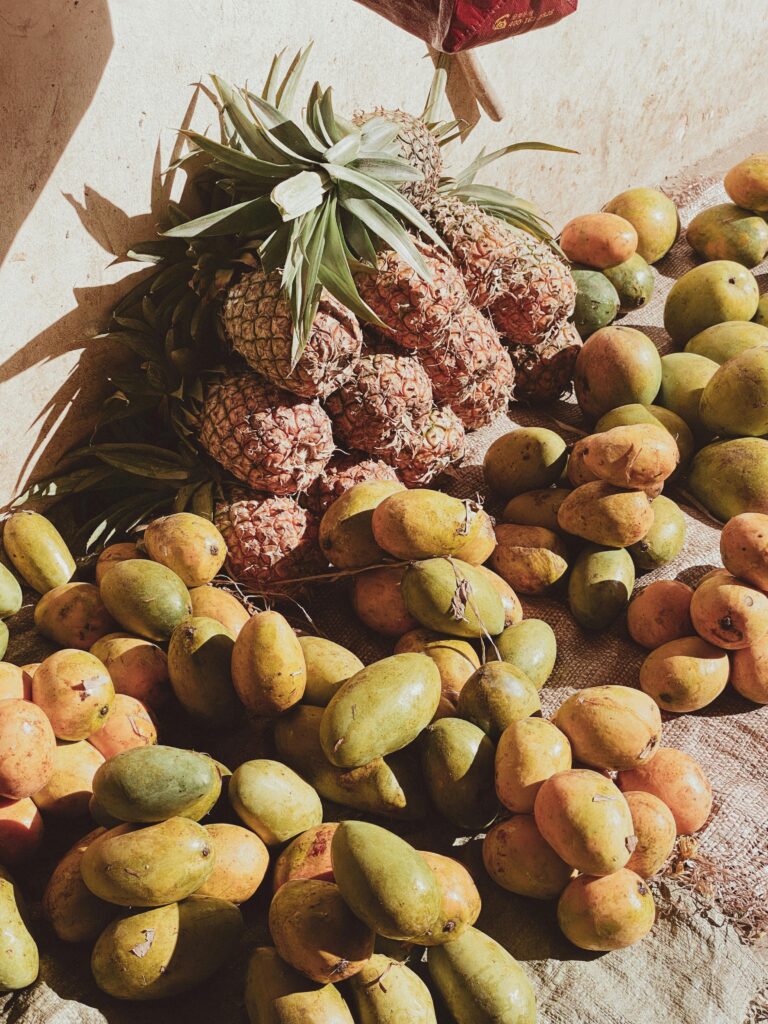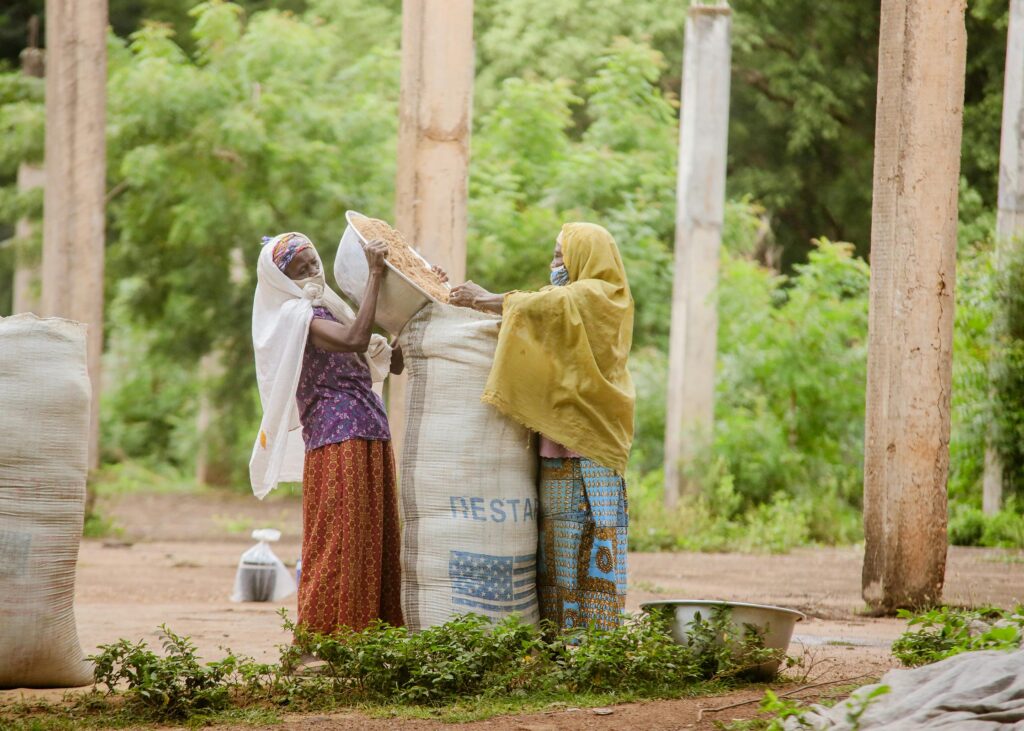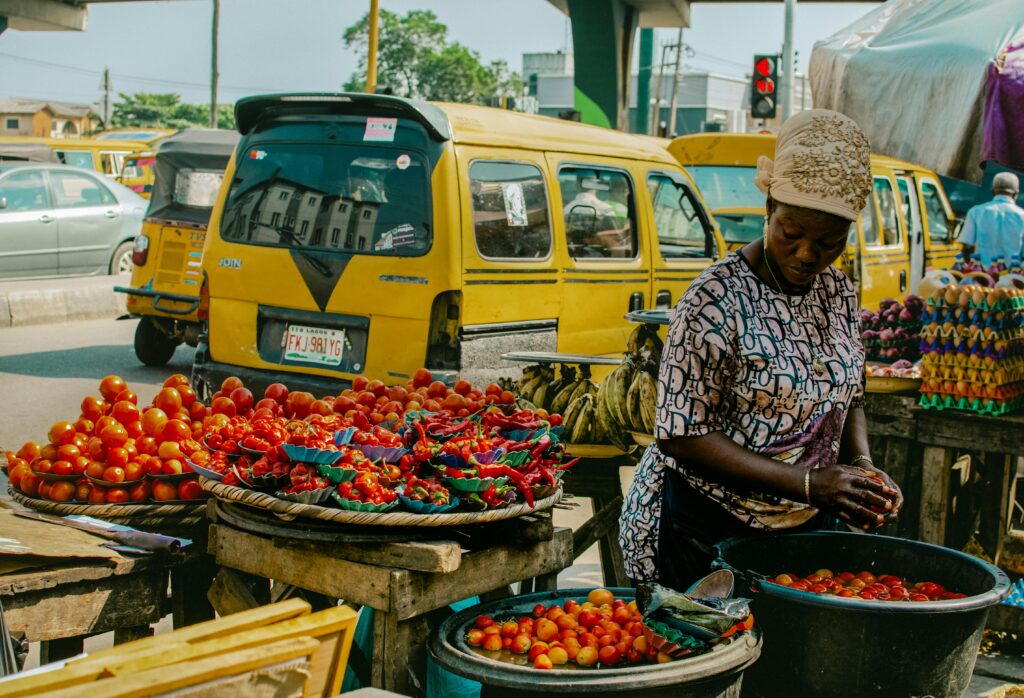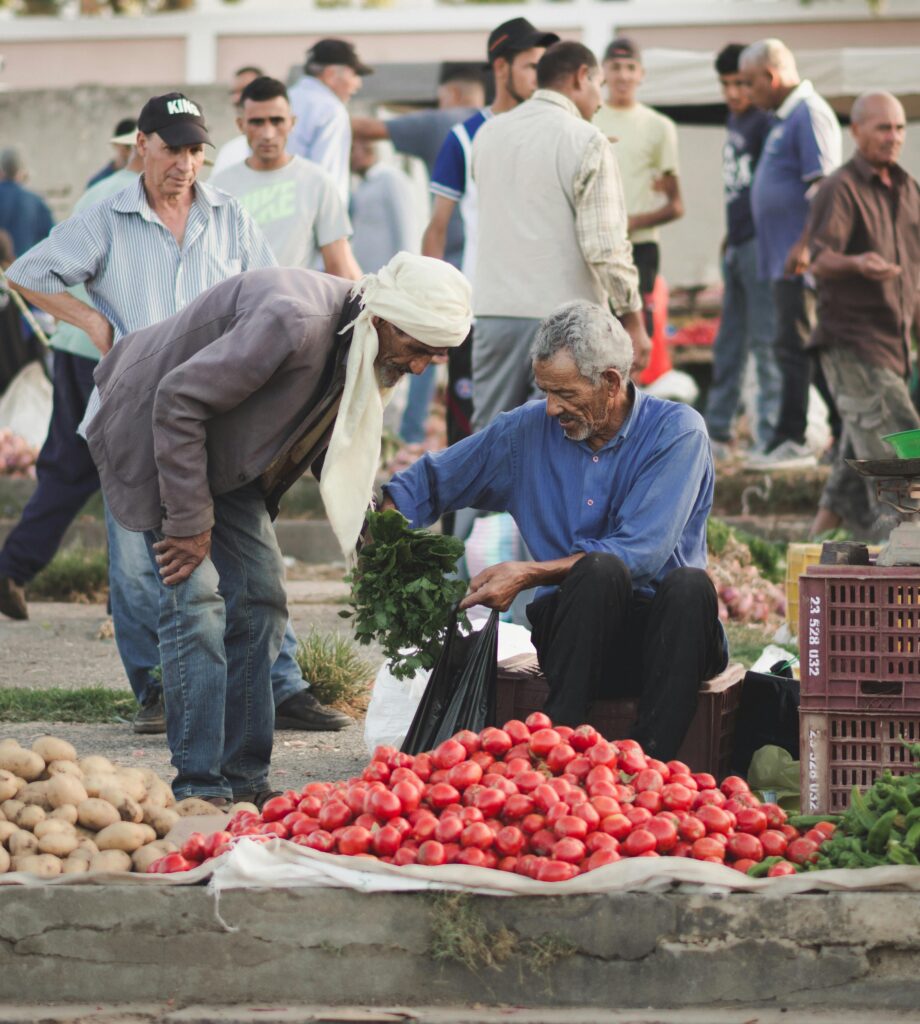Why Smallholder Farmers Matter More Than Ever
Africa’s food future rests largely in the hands of its smallholder farmers. They produce over 70% of the continent’s food supply, yet they often work with limited resources, minimal access to modern technology, and unpredictable climate conditions.
For decades, smallholder farmers were seen as subsistence growers — people working just enough to feed their families. But a quiet revolution is underway. Across Kenya, Uganda, Ghana, and beyond, smallholders are becoming the backbone of sustainable, market-driven agriculture that could end food insecurity for millions.
This article examines how smallholder farmers are driving food security in Africa, the challenges they face, and the innovations that enable their transformation — with real-world examples that demonstrate change is possible.
1. The New Face of African Smallholder Farming

Traditionally, smallholder farms are under two hectares in size, run by families, and rely heavily on manual labour. In many rural communities, this model remains in place. However, what’s changing is the mindset.
Smallholders are:
- Adopting market-oriented production rather than purely subsistence farming.
- Integrating climate-smart techniques like crop diversification and water conservation.
- Leveraging digital tools for weather forecasting, pricing, and market access.
Case Study – Mary from Embu, Kenya:
Mary, a smallholder farmer, used to plant maize year after year, only to watch her yields shrink due to erratic rainfall. Through a local agricultural training program, she learned crop rotation with drought-resistant sorghum and cowpeas. She also began using an SMS weather alert service. Within two years, her yields doubled, and she started selling surplus grain to nearby schools — turning her farm into a small business.
2. Challenges That Threaten Progress
Despite the progress, smallholders still face major barriers:
- Climate Change: Erratic rains, prolonged droughts, and floods damage crops.
- Limited Market Access: Farmers may grow food but struggle to sell it at fair prices.
- Lack of Finance: Many cannot afford quality seeds, irrigation systems, or storage facilities.
- Post-Harvest Losses: Up to 30% of crops are lost before they reach the market due to poor storage and transport.
If these challenges aren’t addressed, Africa’s food security ambitions will remain out of reach.
3. Innovative Solutions Making a Difference
Here’s where creativity and technology are changing the game:
A. Mobile Technology & Market Platforms
Apps like M-Farm in Kenya allow farmers to check market prices in real time, connect directly with buyers, and avoid exploitation by middlemen.
B. Climate-Smart Agriculture
Organisations like the Alliance for a Green Revolution in Africa (AGRA) promote sustainable methods such as mulching, integrated pest management, and soil testing.
C. Cooperative Models
Farmers joining cooperatives can bulk-sell their produce, negotiate better prices, and access credit facilities.
D. Affordable Irrigation Innovations
In Tanzania, solar-powered drip irrigation systems are enabling year-round vegetable production, even in semi-arid regions.
4. The Ripple Effect of Empowered Smallholders

When smallholder farmers thrive, entire communities benefit:
- Improved Nutrition: Diverse crops lead to better family diets.
- Economic Growth: Farmers sell surplus, increasing rural incomes.
- Education: Higher earnings mean parents can afford school fees.
- Social Stability: Food-secure communities are less vulnerable to conflict.
Case Study – Northern Ghana:
A women’s cooperative in Tamale shifted from growing only millet to cultivating high-value vegetables for urban markets. Using profits, they funded a community borehole, reducing the time women spent fetching water and improving health outcomes for the entire village.
5. The Way Forward: Policy & Partnerships
Governments, NGOs, and the private sector must collaborate to:
- Invest in Rural Infrastructure (roads, storage, irrigation).
- Improve Access to Affordable Finance tailored for smallholder needs.
- Expand Digital Literacy so farmers can use mobile tools effectively.
- Promote Youth Involvement to prevent rural-to-urban migration draining farming talent.
Conclusion: Small Farms, Big Impact

Smallholder farmers are not a relic of Africa’s past — they are the key to its food-secure future. With targeted support, access to technology, and fair market opportunities, they can move from surviving to thriving.
As Mary in Embu and the women in Tamale show us, empowering smallholders creates ripples of change that strengthen communities, reduce poverty, and ensure that no family goes to bed hungry.
Africa’s food revolution won’t be won in boardrooms — it will be cultivated in the humble fields of its smallholder farmers.



